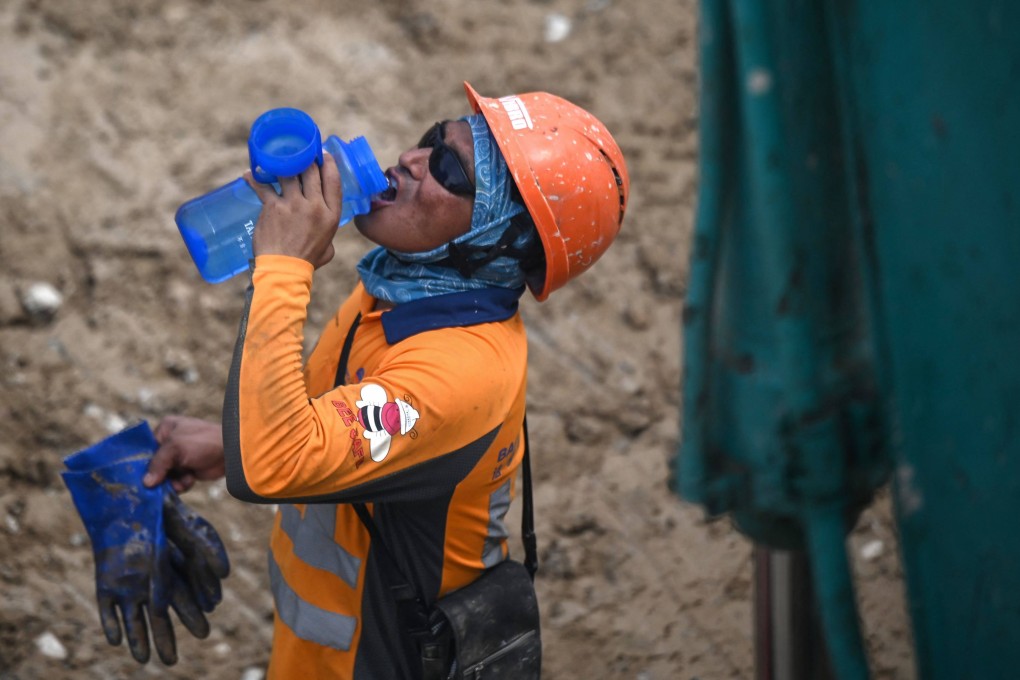Opinion | For heat warnings to work, Hong Kong must have one clear, integrated system
- On the hottest day of the year, three different warnings were in force, having come on at different times – an integrated system would more clearly communicate the risk
- Besides policy and supportive employers, public awareness and education is also important as temperatures continue to rise with climate change

The warning system uses as the benchmark the Hong Kong Heat Index, which takes into account temperature, humidity, wind speed and sun radiation.
But what should be tackled is how to integrate this new system with the Hong Kong Observatory’s existing hot-weather warnings to simplify the city’s health disaster warning system for heat risks. There have been successful examples in the use of typhoon and rainstorm warning systems for workers.
One of the article contributors, Emily Chan, collaborated with the Observatory to research and develop its heat index in 2014, using hospitalisation and heat stress data from 2007 to 2011 to assess the health impact of high temperatures, high humidity, slow winds and strong sun radiation. That same year, the Observatory introduced the two-tier hot weather warning.
Tier 1 is triggered by a heat index of 29.5 with Tier 2 warnings in place when the heat index hits 30.5. These thresholds are scientifically based – at 29.5, the excess hospitalisation ratio starts to pick up, increasing more rapidly after 30 and, by 30.5, reaches an alarming level.
The earlier warning gives the public a reasonable lead time to protect themselves from the increased health risks of heat stress.


